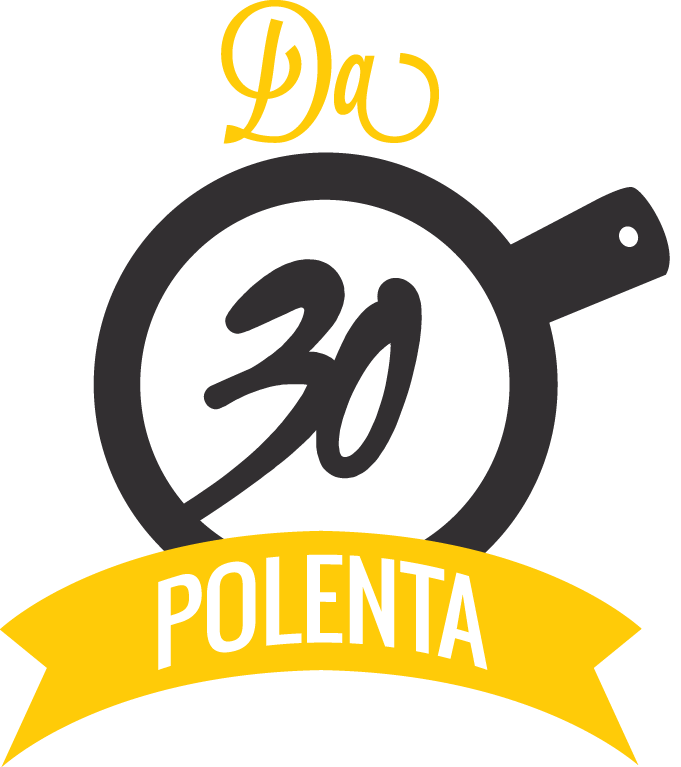CLICK ON THE INGREDIENTS TO DISCOVER MORE
[accordion clicktoclose=true tag=h5]
[accordion-item title=”YELLOW POLENTA”]This is made with yellow corn flour. It is ideal with roast and grilled red and white meats, with Bologna “Ragù” sauce poured over it, with cheese, braised meats and salt cod. It is crunchy in texture.[/accordion-item]
[accordion-item title=”BLACK POLENTA”]This is made with rye or buckwheat polenta. It is ideal with white meats, goat and cow cheeses, quiche, game and fish. The starch taste is prominent, making it rather thick in consistency.[/accordion-item]
[accordion-item title=”WHOLE-WHEAT POLENTA”]This is made with whole-wheat corn flour. It is ideal with stews, roast meats, game, braised meats, grilled meats and cheeses.[/accordion-item]
[accordion-item title=”TARAGNA POLENTA”]This is prepared with buckwheat, whole-wheat or course corn flour. It is excellent with melted cheese, roasted red meats, stews, braised meats and game. It has a flavourful, rich taste.[/accordion-item]
[/accordion]
[accordion clicktoclose=true tag=h5]
[accordion-item title=”AGED BRANZI AND MILD BRANZI”]Branzi is one of the oldest, most traditional cheeses from Orobie. It gets its name from the town in the Alta Valle Brembana in the province of Bergamo, where it is traditionally produced. Branzi is made from raw cow’s milk (exclusively from Valle Brembana) rennet and salt. The cheese is sweet and delicate; as it ages the flavour becomes more prominent and almost spicy.[/accordion-item]
[accordion-item title=”Strachitunt”]Strachitunt is a raw curd blue cheese; it is fatty, made from raw, whole fat cow’s milk using the double-curd method. It is part of the Stracchino family. According to the rules drawn up by the Protection Consortium, it can only be produced in the municipalities of the Val Taleggio and around Gerosa, Blello and Vedeseta. Strachitunt is round (a diameter of 25 centimetres) with a grey-yellow, rough crust, sometimes with white mould on the crust unless brushed). It is marbled, straw yellow with patches of a light brown colour, compact and bittersweet under the crust. It is a strong blue cheese (due to the natural mould), sweet-spicy, structured and with strong, herby aromas, with a slight ammonia hint if very mature.[/accordion-item]
[accordion-item title=”Formai de Mut”]Formai de Mut is a semi-cooked cheese made with whole cow’s milk from one or two milking sessions and naturally low acidity. The crust is thin, straw yellow when young and tends towards grey with time as it matures. Formai de Mut from the Alta Valle Brembana has been the cheese of excellence from the Alpine meadows in the Alta Valle for years. The name “Formai de Mut” translated from Bergamo dialect means “mountain cheese”; this expression refers to the Alpine meadows at 1300 and 2500 metres altitude, where cows traditionally graze during the summer and from where this prestigious product comes. However, the name Formai de Mut was already used in the last century for all the cheese production in the Alta Valle Brembana, both the summer production from the Alpine meadows and the winter production from the valley. [/accordion-item]
[accordion-item title=”Taleggio”]Taleggio is an ancient cheese, perhaps dating back to the 10th century. It originates from the Val Taleggio, hence its name, in the province of Bergamo. The valley dwellers began to produce the cheese as a way of using up excess milk, and it was left to mature in “caves” or valley huts then traded for other products or sold. As consumption of Taleggio increased, production extended into the Po valley, where small and medium-sized dairies began to produce it. These dairies managed to balance traditional production technology, which has mostly remained the same, with technological innovations developed over almost one thousand years of history. Today, Taleggio is produced and aged in Lombardia (in the provinces of Bergamo, Brescia, Como, Cremona, Lecco, Lodi, Milano, Pavia), Piedmont (province of Novara) and Veneto.[/accordion-item]
[accordion-item title=”Gorgonzola dolce”]Gorgonzola, also known as “Zola”, is a blue cheese produced in Italy from whole cow’s milk. It is a PDO cheese originating from the province of Milan, and its historical production areas are the provinces of Milan, Como, Pavia and Novara. Novara became the main producer in the last century. Gorgonzola takes its name from the Lombardy town from where it originates.[/accordion-item]
[/accordion]
[accordion clicktoclose=true tag=h5]
[accordion-item title=”Stracciatella”]This is cheese made with buffalo milk; it is made in Italy in the province of Foggia. It is a milky-white, fresh cheese made of cream and pieces of stretched curd.[/accordion-item]
[accordion-item title=”Strinù”]Strinù is a salami cooked on a grill or griddle from the valleys around Brescia (valle Camonica and Valle Sabbia) and Bergamo. It takes its name from the dialect word “strinàt”, meaning burnt. The sausage meat is made of mixed pork (70%) and beef (30%) with salt, pepper, garlic, cinnamon, nutmeg, cloves and wine.[/accordion-item]
[accordion-item title=”Baccalà”]Baccala’, or salt cod, is white cod preserved in salt. The salting allows the fish to be preserved for a long time, and this is why it has been used for centuries to allow transport and consumption of the fish in places distant from the one of origin. The salt cod salting procedure is attributed to the Basque fishermen who reached the North Sea by following schools of whales and came upon enormous schools of cod near Newfoundland; they adopted for the cod the preservation method already used for whale meat.[/accordion-item]
[accordion-item title=”Crepe”]A flat pancake, also known by the French term ”crêpe”, is a thin, soft, elastic wafer cooked on a hot, round surface. Flat pancakes are filled with various ingredients, sweet and savoury and rolled up on themselves to close them. The pancake mixture is made of milk, eggs and flour. Flat pancakes are usually considered as typically French, but are also found in several other countries in Europe.[/accordion-item]
[accordion-item title=”Sbrisolona”]Sbrisolòna (also known as sbrisulòna, sbrisolìna, sbrisulùsa or sbrisulàda) is a typical cake from the city of Mantua, commonly made and eaten in Lombardia, Emilia-Romagna and in the Verona area. The name comes from the word “brisa”, which means crumb, and the recipe is said to date back to before the 17th century, when it reached the Court of the Gonzaga family. Sbrisolona was originally a poor man’s cake for peasants; corn flour was once used, lard was used instead of butter and the cheaper hazelnuts were used instead of almonds. As the years went by, the ingredients became more refined to adapt to the tastes of the wealthy inhabitants of Mantua. The recipe now states that the flour (white and yellow) and sugar are in equal parts, which is why in the past the cake was known as the “three cup cake”. The ingredients must not be chopped too finely, in fact the characteristic trait of the cake is its irregular consistency, due to hasty preparation process and and the rough chopping of the almonds.[/accordion-item]
[/accordion]

